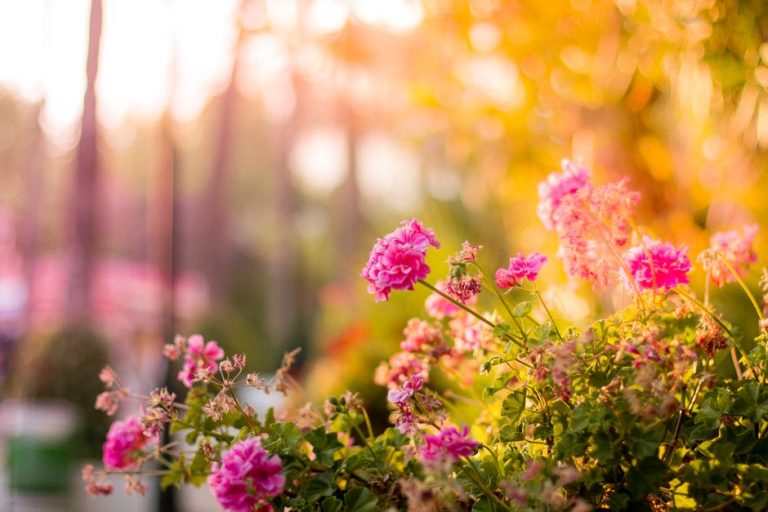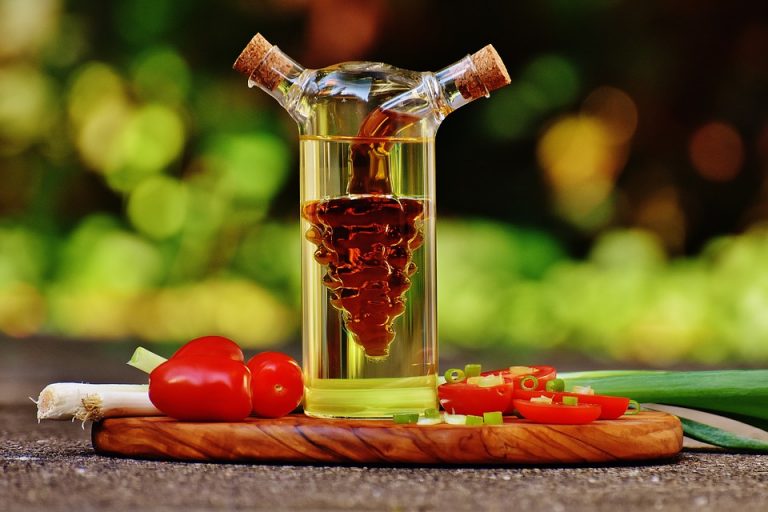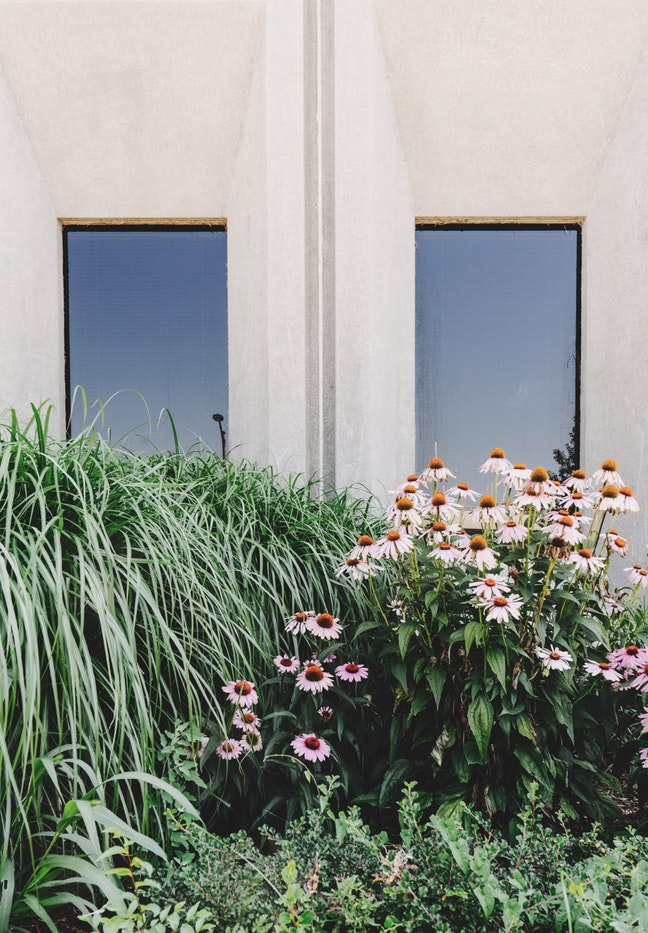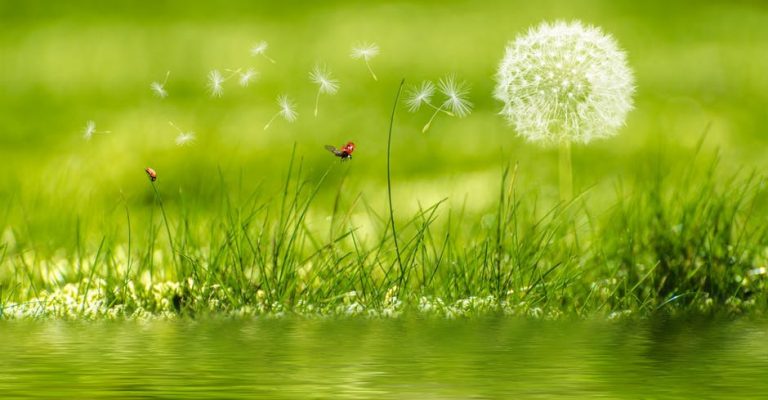Pots and planters can be an expensive item if you’re planning on venturing into container gardening. Instead of heading to the garden store, or the warehouse stores, think creatively. When you realize that you can put a plant in almost anything that holds dirt and has some sort of drainage system, the possibilities for inexpensive…
Frugal Gardening
When it comes to your garden, you need more than just plants to keep it alive. You also need the tools to keep the garden healthy and vibrant. To take care of your garden you also need to keep your tools safe. To do that you should get a shed from Capital Construction to keep…
Vinegar Uses In Garden
1. Clay Pot Cleaning: Vinegar will remove the white salt buildup on old clay pots. Simply soak the affected areas in full strength vinegar. 2. Kill Grass: Undiluted vinegar will kill grass between bricks and sidewalk cracks. Simply spray where needed. 3. Kill Weeds: Spraying full strength vinegar on weeds will kill them – be…
Shrubs From A Pile Of Sticks
From this pathetic little bunch of twigs, given a few years, I will have a couple of nice rows of hydrangeas. I grabbed the handful of trimmings out of the compost pile when helping my mom in her yard this spring. The second photo shows the same bunch, this time prepared into ready to plant…
Free From Landscape Firms
A phone book and your local newspaper can be great tools to get your garden going and growing this spring. No, you’re not going to shred them & use them for mulch (although, this is not a bad idea). What you want to do is look up the landscape firms in your local area. Make…
Save Money – Gardening
The Earth Laughs in Flowers – Ralph Waldo Emerson Gardening can be fun, enjoyable and downright expensive if you’re not careful. This site is dedicated to bring you easy to implement gardening tips and techniques that can help you save money while keeping all your plants in tip-top shape. Making your garden beautiful on a…
Garden For Free
Is it possible to have a lush flower garden, produce your own veggie patch or just add to the landscaping around your home all for free? Absolutely. One of the easiest ways to do this is to participate in your local chapter of Freecycle. This is a Yahoo list, available at FreeCycle.org. The organization began…
Gardening 10 Commandments
Every gardener has some commandments that the hold dear and follow. These are my 10 commandments for frugal gardening, as well as for beginning gardeners who are just getting started: 1. Thou shalt have fun: If you aren’t having fun while gardening, find another hobby 2. Thou shalt save money, not spend money: If you…
Grow Plants From Cuttings
One of the best ways to save money when gardening is to not purchase plants for your garden in the first place. There are a number of ways that this can be accomplished. One of the best and easiest ways to do this is to make use of plant cuttings. Learn to grow plants from…



